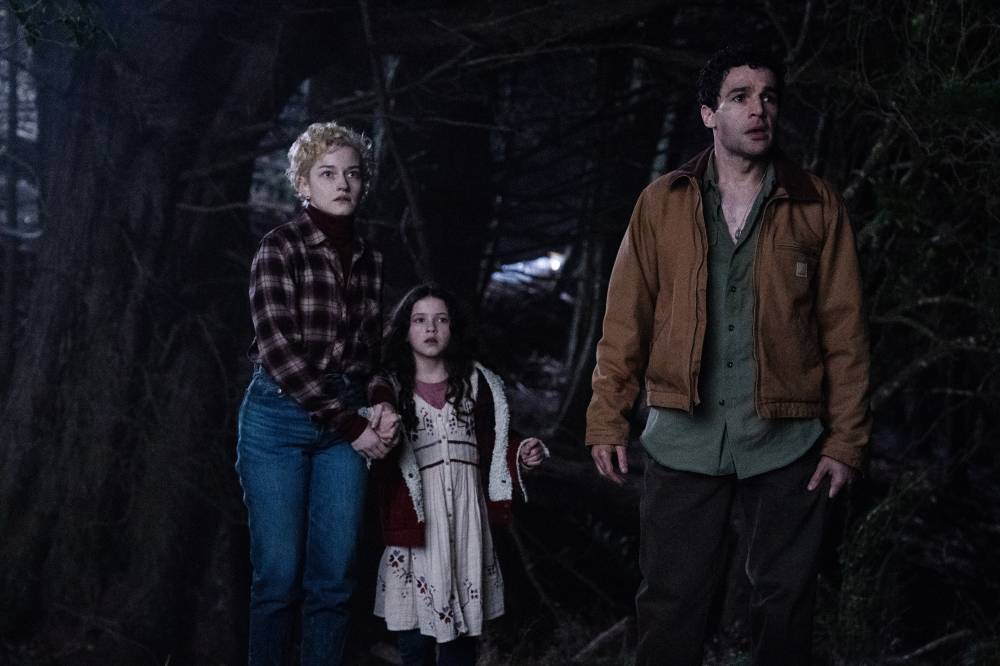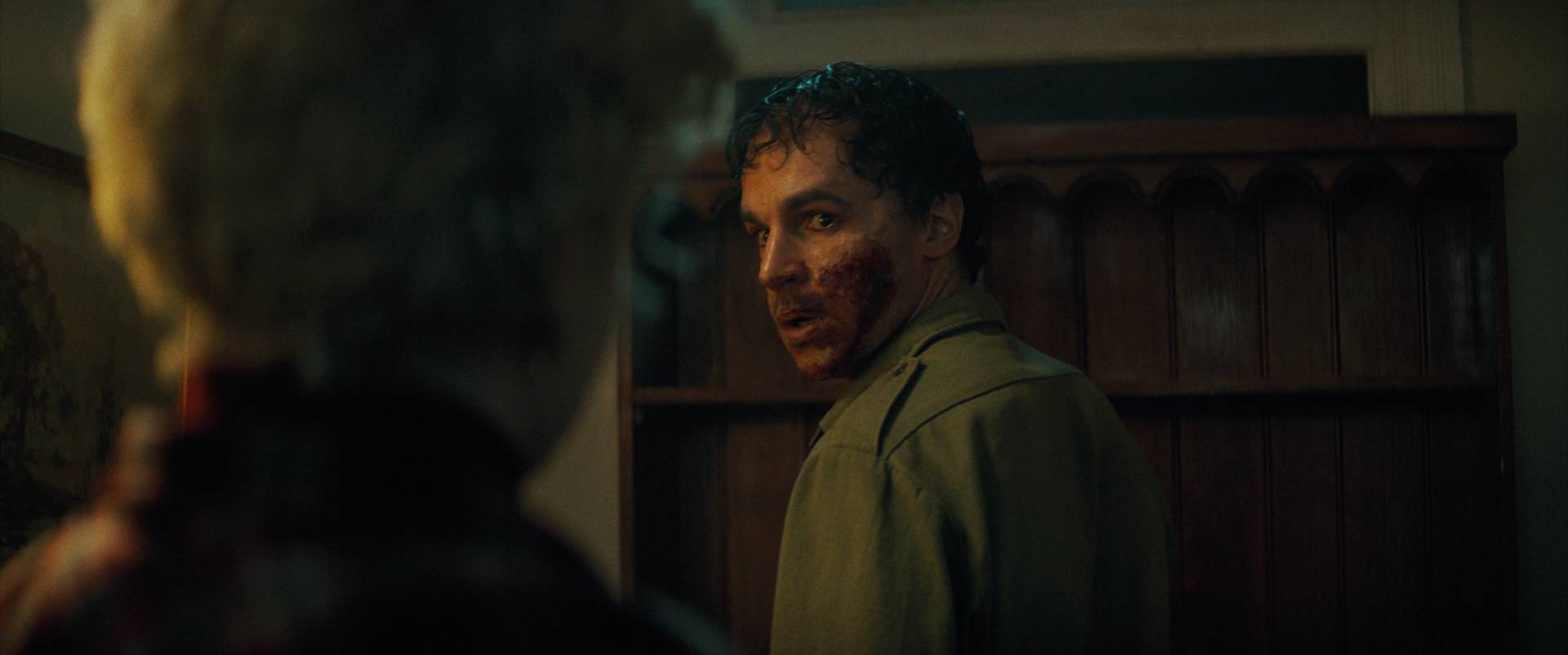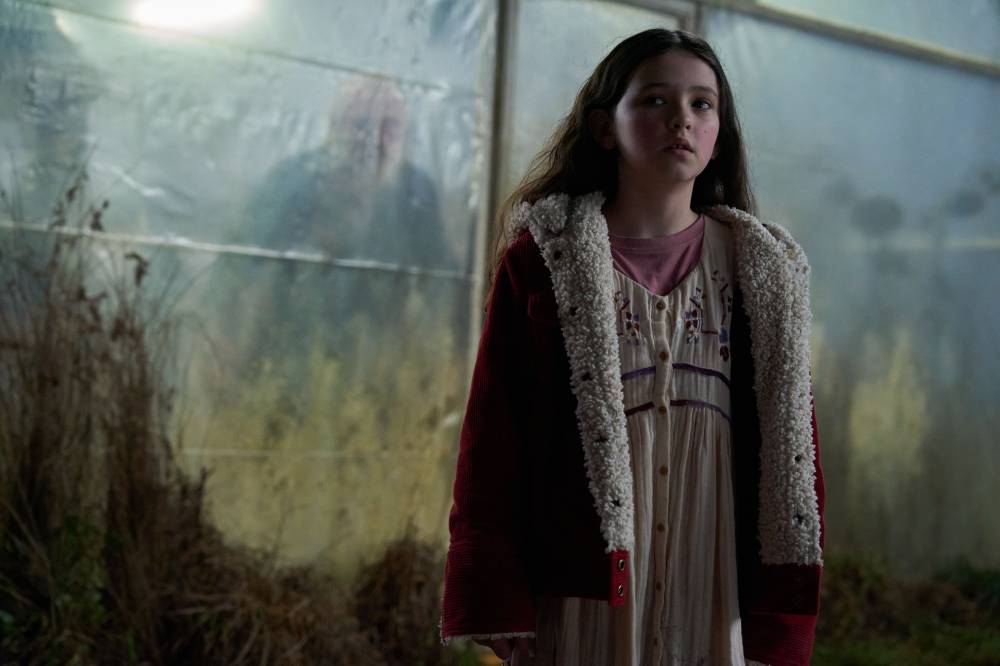‘Wolf Man’ takes risks in its scares

Writer/director Leigh Whannell scored a decisive hit with 2020’s “The Invisible Man,” a terrifying new spin on a classic that seems to have paved the way for a potential resurgence of the Universal Monsters.
“Wolf Man” is Whannell’s latest, using another of the creatures from Universal Studios’ vault, and next year a new imagining of The Mummy is scheduled to arrive from “Evil Dead Rise” writer/director Lee Cronin.
In “Wolf Man,” Whannell continues some of the stylistic tools he used to such great effect in “The Invisible Man,” including letting scenes play out and breathe as tension builds, as well as creating an atmosphere and visual compositions that allow the audience to do half the work and scare themselves.
“Wolf Man” stars Christopher Abbott as Blake Lovell, a loving father and between-jobs writer. Raised in isolation by a strict, doomsday prepper-type father, he took off for civilization when he was old enough, eventually marrying Charlotte (Julia Garner) and having a daughter, Ginger (Matilda Firth). When he learns of his estranged father’s passing, and dealing with a strained relationship with his wife, Blake suggests they make a summer trip to his father’s farm to pack up his belongings. He says it’ll be good for them. Unfortunately, it isn’t, as on the way they encounter the titular Wolf Man and are terrorized by him over a long dark night of the soul.

Whannell cowrote the script with his wife Corbett Tuck, and the focus on the intimate family unit trapped in the middle of Oregon’s forest with a savage beast is an emotional anchor that serves as “Wolf Man”’s core. It’s contrasted with the scenes that begin the film, with a young Blake and a cold, domineering father who uses military time on his young son as he brings him out for a morning hunt. Here Blake catches a first glimpse of the Wolf Man through his rifle’s scope, but only in silhouette.
Huge factor
We don’t actually get a good look at the monster until well into the halfway mark. On the way, dread and tension are built with deliberate camera movement, sound design, the creepy dissonant score by Benjamin Wallfisch, and the terror in the actors’ eyes. There are no cheap jump scares; they’re all earned. In fact, Whannell lets us anticipate the scare until we deflate, then springs the trap.
If you’ve got the choice, go for a theater with an Atmos sound system, as it makes great use of the location-specific speakers, especially when the family is trapped in the farmhouse and the creature is clambering all over the outside seeking a way in.

Apart from the scares, emotion is a huge factor. Blake escaped his childhood situation to find a family of his own, and his drive to protect them when under threat underlines every choice and decision. Indeed, part of the horror is watching a loved one becoming the thing to fear, which plays right into Blake’s worst nightmare.
When he gets scratched early on, savvy audiences know what’s coming, but Whannell lets it play out slowly and gradually, allowing the creeping dread to build up to a boiling point. There’s also a neat scene where the film shifts perspectives and shows how Blake’s senses are evolving as he changes into something … other. While Charlotte and Ginger are lost in the dark, Blake sees everything, highlighting the creature’s advantage in the dark, a trick recalling the night vision goggles in the classic “The Silence of the Lambs.”
“Wolf Man” takes surprising risks in its scares, eschewing quick cuts and distracting fancy moves for a more measured, intentional style that establishes stakes, environment, and emotion. It’s efficient in its deployment of terror because it did the work setting up the isolation of its characters, and lets the audience’s imagination help.

















